If you’re considering which of the many different types of fruit trees could be right for you, then this post will tell you everything you might want to know before deciding which type of fruit tree to buy or grow at your property.
At the end of the article, we’ve compiled a list of FAQs about fruit trees which should hopefully answer any questions you might still have.
Is there room in your yard for fruit trees?
Having fruit trees in your garden is a wonderful way to make your outside space functional and beautiful at the same time. Aside from the fact they look good, fruit trees will give you a source of ingredients for a variety of dishes.
Before you make your grand plans, it’s important to know how much space is needed between each tree to ensure they get the nutrients needed to produce healthy fruits for many years to come.
Firstly, you need to determine which types of fruit tree you want in your garden.
Because fruit trees vary greatly in size, including dwarf, semi-dwarf, and standard sizes, they will each reach different heights and widths.
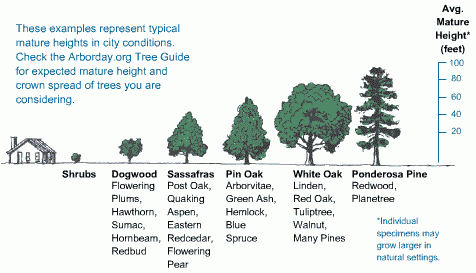
- A dwarf-sized fruit tree will usually reach between 7-10 feet in both width and height.
- A semi-dwarf tree will reach between 12-15 feet in width and height, sometimes more.
- A standard-sized tree can reach between 18-25 feet, but there are some, such as the nectarine and peach trees, that will usually only grow to around 12-15 feet.
Secondly, you need to consider how many trees you would like.
The majority of standard-sized fruit trees will require 20×20 feet of space in order to grow fully. However, cherry and apple trees will need a little more space, often around 35×35 feet each. If you’re considering growing fruit trees in your Californian garden, then these will only need around 8-feet in order to grow fully.
If you’re going with either dwarf or semi-dwarf fruit trees, then there will be much less space needed between each of them. The majority of dwarf-sized trees usually need around 10×10 feet of space in total. For pear trees, they need a couple of feet more either way.
Once you have picked which fruit trees you would like and how many of them you plan to plant, the calculations for how much space you need become clear and easy.
If you have any more questions at this point about the best California fruit trees to plant in your garden, please give our team a call or send us a message with your query.
What are the Best Fruit Trees to Grow in California?
Although Citrus trees are particular favorites throughout California, there is a huge range of other types of fruit trees that have the potential to do well in your garden. Depending on your local climate, specific fruit trees could be better suited to your needs than others.
Figs
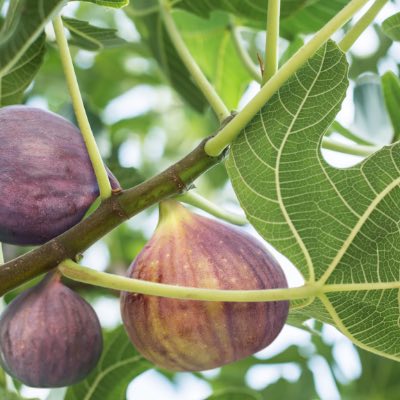
Figs are known to grow particularly well across California, particularly in the South. They will reach heights of between 10-30-feet and are ideally grown in areas with lots of space.
Apples
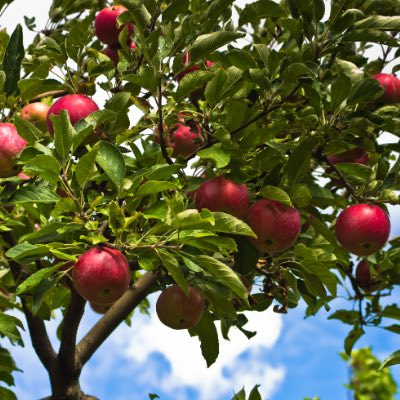
There are lots of varieties of apple trees that grow and produce well. Certain apple trees do require exposure to colder temperatures; these are also known as low-chill varieties and can include Gala, Fuji, Anna, Dorset Golden, and Beverly Hills.
Jujube
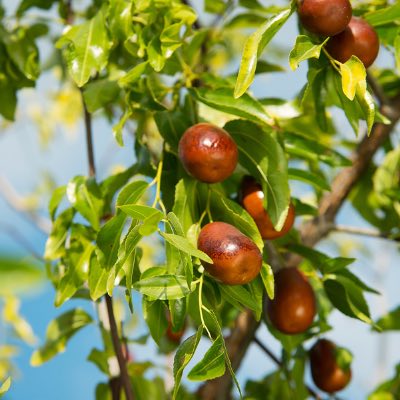
Jujubes will grow well in most of California, particularly in Southern California. They’re also great for inland valleys with higher temperatures during the summer months. They can grow up to a height of around 15-feet tall, and their fruit is said to taste like dates when dry or like crispy apples.
Persimmon
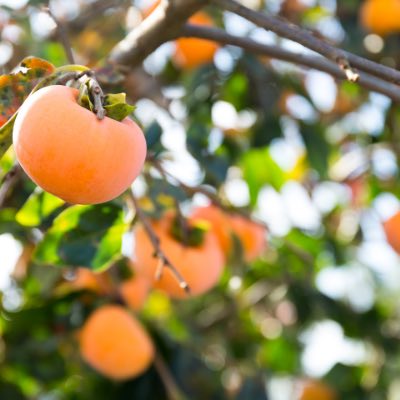
These fruit trees tend to ripen during Fall once the leaves have fallen. They’ll grow well in part-shade and full sun. They’re another date-like fruit when eaten dried, but they can also be eaten fresh too.
Loquat
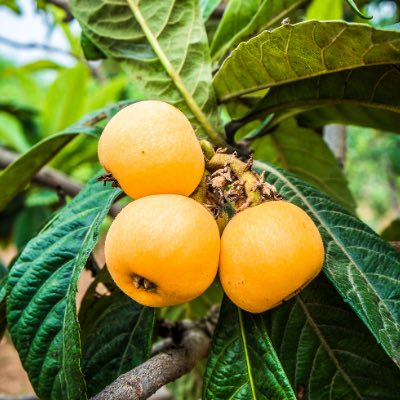
This is a relatively small-to-medium-sized fruit tree that grows anything between 10-20-feet high. The fruits are easy to grow and popular in various types of sauces, jams, and garnishes.
Pomegranate
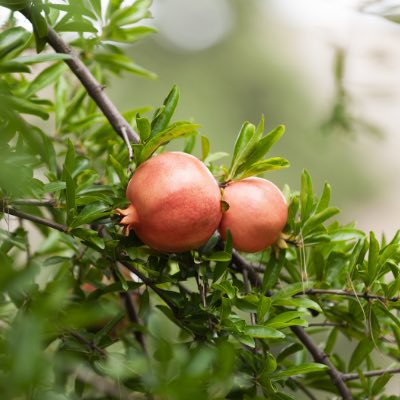
These fruit trees are ideal for most of our local climates.
They can grow up to 15-feet high, and they’re highly resistant to disease and pests. Pomegranates are a popular choice due to their health properties and versatility in terms of the various ways they can be used.
Other popular fruit trees that are planted in California include:
- Guavas
- Grapefruit
- Pear
- Apple
- Mangos
- Peaches
- Lemons
- Oranges
- Avocados
- Nectarines
- Pineapple guavas
If you would like to speak with our experts about which fruit trees could be best suited to your local region, please give our team a call or send us a message.
What fruit trees can you plant together?
If, like so many others, you want to have a little variety with your fruit trees, then knowing which trees can be grown together can help you narrow down your options.
The general rule of thumb is to plant fruit trees with similar care requirements and similar rootstocks. Here are a few suggestions that pair-up well together.
Different Cherry Varieties
In time, cherries will ripen close together. When planted close together, you get the added bonus of multiple cross-pollination matches.
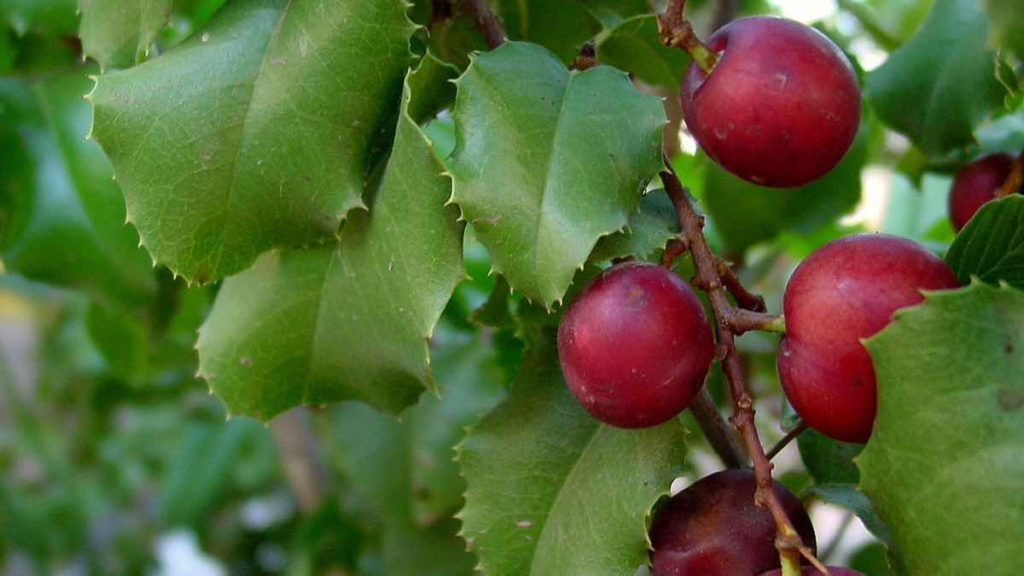
Catalina Cherry trees are actually featured on our list of the top five trees in California, and with good reason. Aside from the way they smell, their dense leaves provide much-needed shade from the summer heat.
Apples
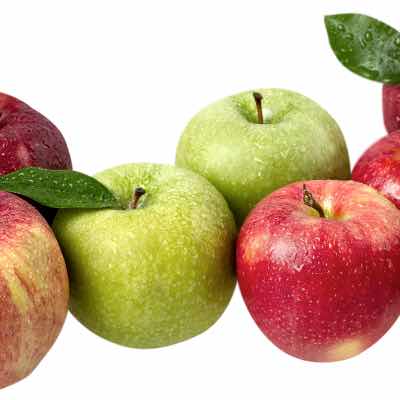
With apple trees, you have some of the same multi-planting benefits as with stone fruits. From yellow to green, sweet to tart, and delicious red apples, all of which can provide fruit for many years to come.
Nectarines and Peaches
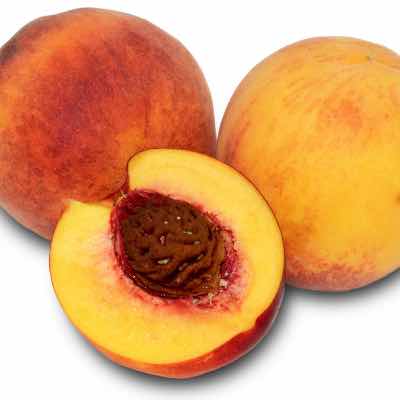
There are lots of options here, from late season yellow nectarines, early-season yellow peaches, late mid-season white peaches, and early mid-season white nectarines.
Plums and Apricots
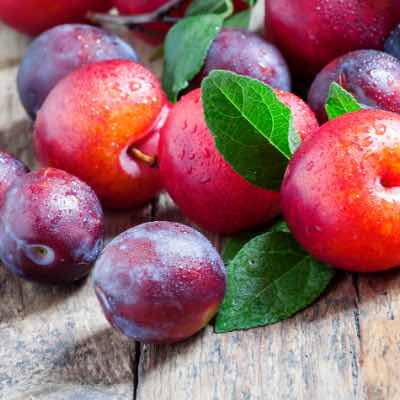
Again, there are so many options from just a single type of fruit. With plums, you can have green, red, tart, purple, yellow, sweet, mottled, and black varieties. They can be planted close together, and there are great opportunities for cross-pollination. You can also easily combined apricots and plums together in close proximity.
Fruit Tree Maintenance
Lots of people ask about how easy it is to care for citrus fruit trees. After all, while you might want to have your own little orchard, you also have other commitments and will need to ensure that any fruit trees you plant can be kept healthy and thrive.
If you’re working with a local tree service company to get guidance on which fruit trees are best to plant on your Californian property, then it’s important to be clear about any ongoing maintenance needs.
Oftentimes, fruit trees will require a little more TLC when they are new compared to their ongoing needs once they mature.
Winterizing
During the cooler winter months, it’s important to be prepared. Taking the correct preventative actions at the right time can help you avoid disease and other avoidable issues.
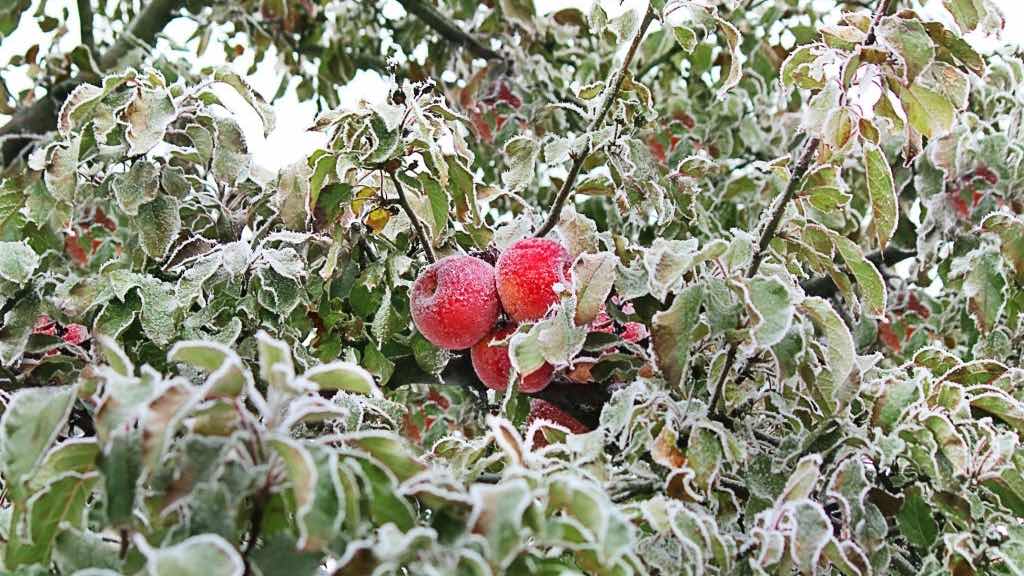
Generally speaking, it’s a good idea to prepare for the colder months ahead during Fall. A simple clean-up operation of your orchard can go a long way.
Tasks such as removing old fruit that has already dropped, as well as any pieces of fruit remaining on the tree, can help. Raking up and removing fallen leaves is another key task, as they can often attract pests.
Pruning your fruit trees correctly when they are dormant and not in any form of the growth phase is optimal for their ongoing health.
Pruning
Pruning may need to occur at different times of year, depending on your location, climate, and the type of fruit tree in question. First and foremost, removing any dying, dead, or diseased branches is key. Root suckers need to go as well.
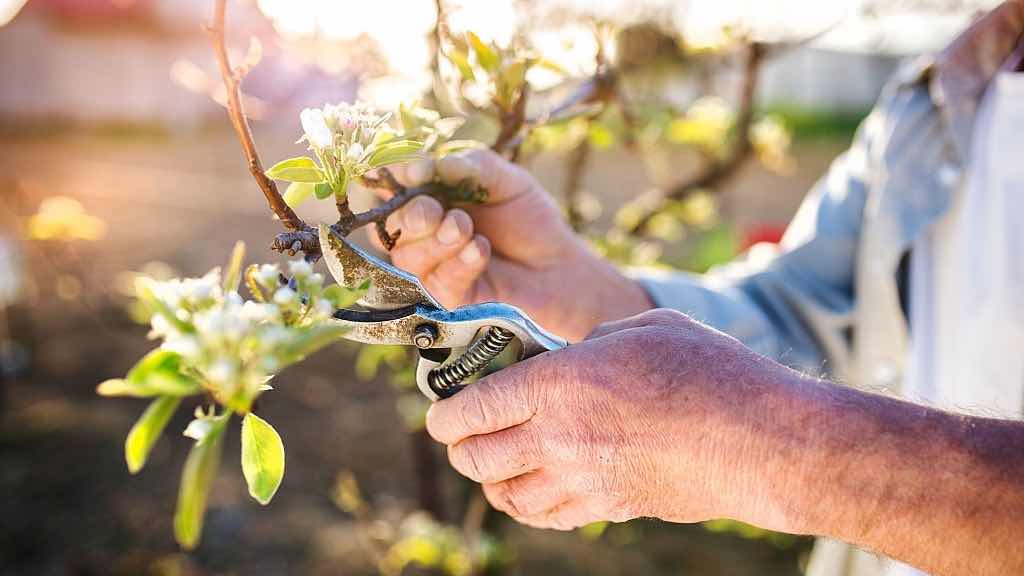
If you’re looking to encourage a young fruit tree to grow more quickly, you will likely take a different approach to pruning compared with someone who is simply looking to reduce the size of a fast-growing or oversized tree.
Generally speaking, fruit tree pruning in the winter can spur-on healthy growth, while summertime pruning can slow a tree’s growth down. When timed correctly, pruning can help you manage the seasonal cycle of energy from your fruit trees. Our recent article goes into more detail about when to prune a fruit tree if you want to dive deeper into this topic.
If you’d like to know anything further about growing local fruit trees, tree pruning services, or how we can help you with our professional range of tree services, please contact us directly – we’d love to help you out.



